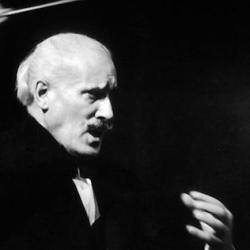A few quick takes from Daniel Siedell’s excellent God in the Gallery: A Christian Embrace of Modern Art (Cultural Exegesis) :
After pointing out that Eastern Christians prefer the flatness of icons to the realistic perspective of Western art, Siedell concludes that this should “remind us that flatness [in Eastern Christian or modern art] is not by itself nihilistic, atheistic, or otherwise anti-Christian . . . . Modernist art is often dismissed by Christian commentators because it looks like it is doing violence to traditional figurative art and thus by (dubious) extension doing violence to traditional (Christian) concepts of humanity and divnity.”
He quotes a couple of commentators to make the point that modernist art is essentially abstract, even when it doesn’t appear to be: “Before modernist art is about anything else – an image, a symbol, the communication of an experience – it is about the logic and structure of the thing that carries meaning, and about how that thing came into being.” Or, as TJ Clark puts it, “Abstract art was late-Romantic. It thought that painting, of all artforms, was best equipped to move signification from the realm of the discursive into that of the symbol – where symbols would simply make or be meaning, with meaning inhering in them, as substance or essence.”
He denies that the avant garde is simply an expression of adolescent rebellion: “Unlike the traditional painter . . . the avant-gardist purchases liberty and freedom at a high price: he or she must continually create and maintain interpretive contexts for the reception of his or her work. The avant-garde is not an adolescent form of rebellion with irresponsible declarations of freedom in which artists can do ‘whatever they want and call it art’ or ignore their audience for the sake of some mystical autonomy. Avant-gardists may indeed do anything they want, but in order to call it art, or even to reject the name ‘art’ as a description of their activities, they must create and maintain the interpretive context that makes it meaningful as a particular cultural practice . . . . Far from rejecting and ignoring audiences, the avant-gardist is obsessed with audience, with creating and maintaining an audience.”











